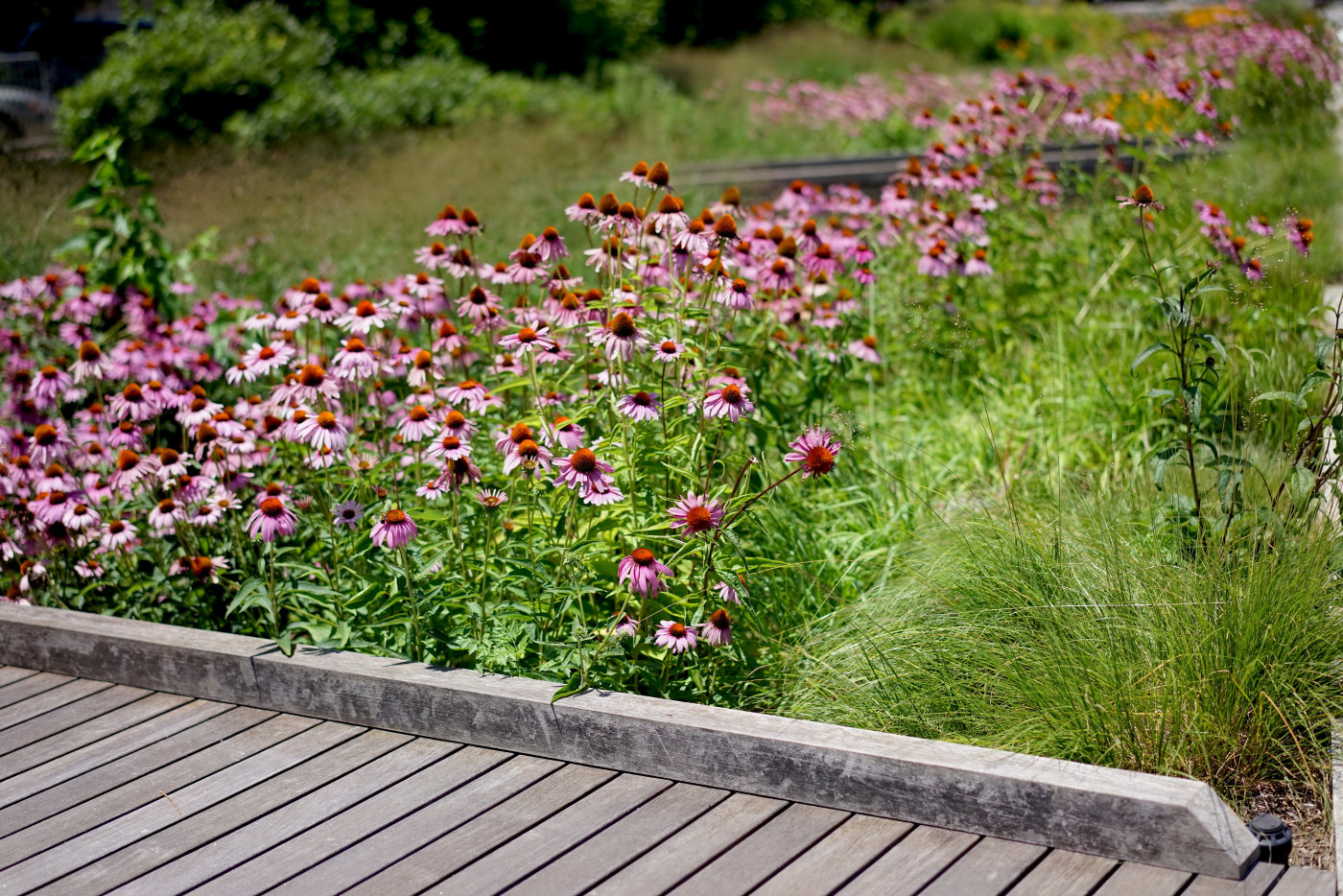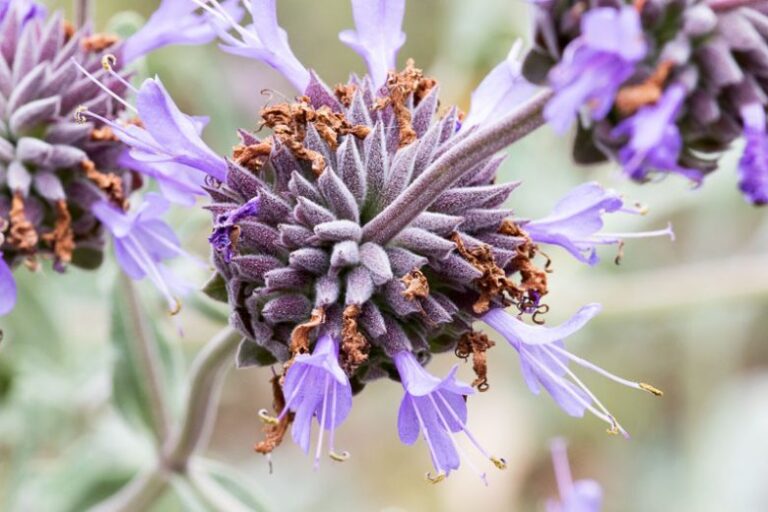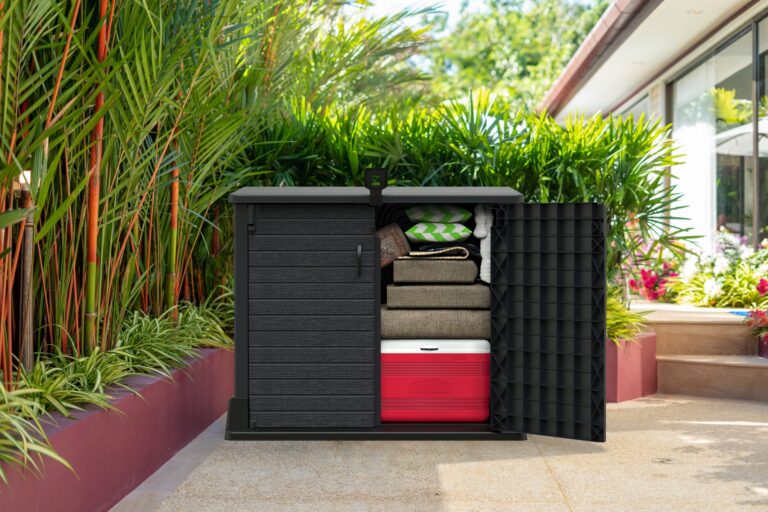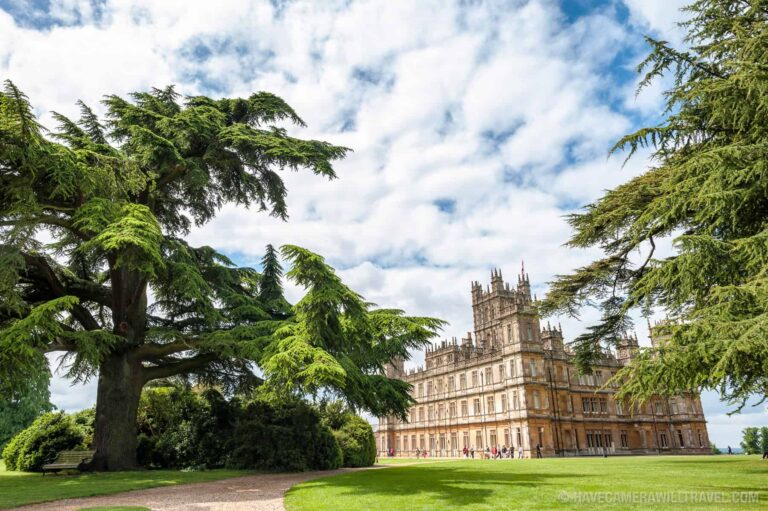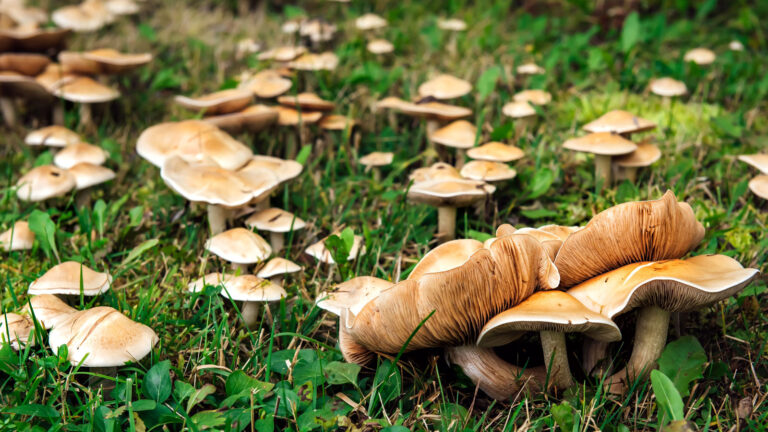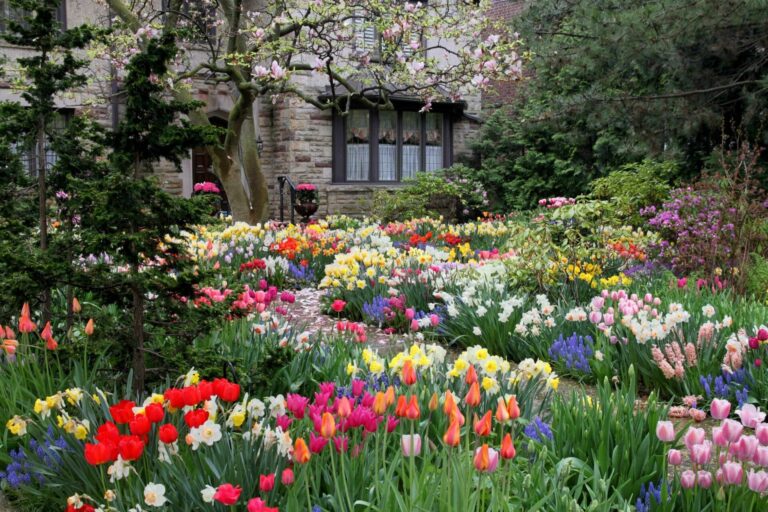How to Start Your First Native Plant Garden: 4 Essential Elements for Success
What if I told you that creating a thriving ecosystem in your backyard is possible in just one growing season using four simple elements that 90% of gardeners completely overlook? Starting your first native plant garden isn’t about having a green thumb—it’s about understanding the essential building blocks that nature has already perfected over thousands of years.
It is not merely picking pretty flowers and making your yard a successful native plant garden. It involves creating a habitat that supports the local wildlife and is able to reduce your maintenance by as much as 75%. Conventional gardens require continuous attention whereas the native gardens cooperate with nature. They are improved with time, and require less maintenance.
Finding the Native Advantage
Your area has had native plants living in it thousands of years. Local pests, diseases and weather are naturally resisted by them. Owing to this, they require no fertilizer, minimal amounts of water and minimal labor after being planted. Native plants require less water than lawns and help prevent erosion, according to research from the USDA Forest Service. The deep root systems of many native plants increase the soil’s capacity to store water, and native plants can significantly reduce water runoff and flooding.
Native gardening is not about hard tricks, or the use of costly technology, but in four easy concepts that can be combined to establish a healthy habitat. These concepts transform a mass of plants into a successful residence of pollinators, birds, insects, and a year-long attractive garden.

Element #1: Selecting Native Wisely
The initial process of having a successful native garden is the selection of plants that thrive in your environment. This has nothing to do with choosing the loveliest flowers in a paper. It is the knowledge of your local climate, soil and water patterns and knowing how to select plants that would not require any additional support.
Understanding Your Site Conditions
Begin monitoring your site in one week. Observe the position of the sun and record full sun (6+ hours), partial shade (3-6 hours) or complete shade (less than 3 hours). Check drainage by excavating a 12 inch hole and filling it with water, and timing the duration of time it takes to drain. Fast draining soil (less than 4 hours) is rocky or sandy. Drains of soil with a slow rate (more than 8 hours) are probably either clay or compacted.
Knowing your location, find native plants that are appropriate to your hardiness zone and local conditions. Choose species that flower in succession throughout spring and fall resulting in pollinators having food all season long. Combine shapes: yarrow with insects, penstemon with hummingbirds, purple coneflower with butterflies and bees.
Proper Plant Spacing and Arrangement
Consider the height and spread at maturity, and not at seedling stage only. The most common error is excessive proximity in planting; this results in crowding and disease. The spacing between most native perennials should be 18-36 inches; the spacing of shrubs should be 4-8 feet. Planting should be natural in drifts and not in straight lines to resemble nature.
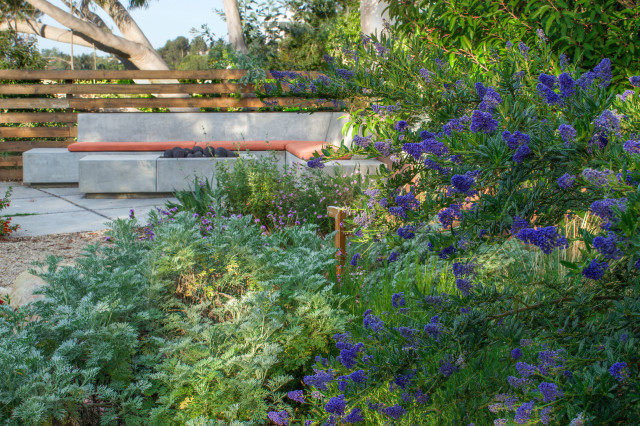
Element #2: Inclusion of Native Trees and Shrubs to provide Height
Perennial flowering plants provide seasonal color and pollinator food, whereas trees and shrubs provide form and the visual interest all year round. They not only give shelter to nesting birds, but also to insects, as well as fall color and in many cases, fruit or nuts to wildlife.
Choosing the Right Trees
Select trees that are suitable to your area and long-range strategy. Big trees such as oaks, maples or hickories are of much advantage but require space to grow. According to research by University of Delaware Professor Doug Tallamy, native oak trees support over 500 species of caterpillars, providing crucial food for birds and other wildlife. In contrast, non-native trees like ginkgo host only about 5 species of caterpillars.
In a smaller yard pick understory trees like serviceberry, eastern redbud or witch hazel that are under 15-25 feet tall. They provide spring flowers, summer fruit and fall color.
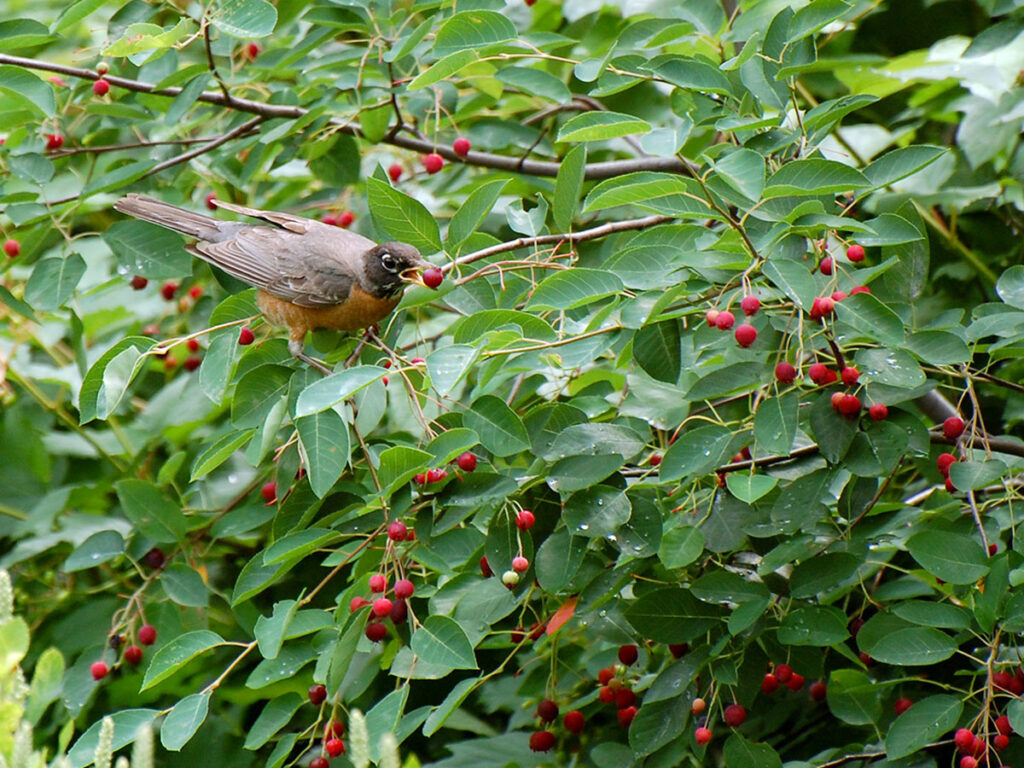
Strategic Shrub Selection
The shrubs provide an intermediate layer and both food and shade. Viburnum is a spring flowerer, a fruit-bearer and spicebush a host to swallowtail larvae, sumac a source of winter food and wonderful fall color. Plant shrubs three to five in one area to create the greatest effect.
When planting trees, consider the size and shade of the trees when they are fully grown. Plant bigger trees on north side so that they do not shade the perennials that need sunshine. Plant communally rather than individually and allow room to circulate and air to move, which will minimise disease. Planting in spring or fall is best to allow roots to develop before things get too extreme, particularly with most of the native trees and shrubs.
Element #3: Water Provision To Wildlife
The third factor that is vital and that makes a beautiful garden a proper ecosystem is water. The purified water is required to drink, bathe and breed. You do not need such a large pond or a fancy fountain, basic characteristics can provide the same advantage.
Bird Baths and Simple Water Features
Novices may begin with a birdbath of various heights. Flat dishes contribute to the benefit of butterflies and little mammals; raised baths are the home of songbirds, according to Penn State Extension. Shallower containers (1-3 inches deep) with low slopes make it easier to access them. Place some level rocks or sticks on which insects and butterflies can rest.

To keep the water flowing you can add a small fountain or drip feature that prevents the breeding of mosquitoes and generates nice sounds that will attract wildlife and people. Solar pumps are friendly to the environment and require no wiring. Install water features whereby you can view wildlife either indoors or outdoors in your home.
Advanced Water Features
Better to invest more, construct a small pond or rain garden. They benefit frogs, salamanders and mosquitoes and rain gardens control storm waters by collecting ground water and filtering it of any pollutants before it flows into groundwater.
Use water clean by washing once a week during hot seasons. During winter, install heater or floating item to prevent freezing in cold regions. Although there is a drought it is extremely worthwhile to have some source of water even during drought by the local wildlife.
Element #4: Construction of Habitats of various animals
The last point is the provision of the wildlife with certain areas to live and breed in. It is not merely planting flowers but making the crannies and crevices which allow insects, birds and little mammals to flourish.
Installing Bee Hotels and Insect Habitats
Place insect hotels or bee houses in sunny locations that are not exposed to the wind. These provide nesting sites to the solitary bees, which in most cases are more effective pollinators as compared to honeybees, according to NC State Extension. Construct DIY bee houses with untreated wood blocks with holes of 1/8 to 3/8 inch hollow and 3-5 inches deep. Install them 3-6 feet above the ground facing southeast towards the morning sun.

Creating Natural Habitat Structures
Store natural resources rather than clear them during cleaning. The fallen leaves provide the butterflies, moths, and insects with winter protection. Hollow stems provide nesting areas to cavity-nesting bees; saw them down to 8-24 inches in the early spring. Plants such as coneflower, black-eyed Susan and grasses provide winter food to birds as well as texture to the ground.
Construct brush piles or rock piles in corners to provide shelter to small mammals, reptiles and ground nesting birds. Predators are also maintained in these micro-habitats, which serve to control pests in gardens.
Introduce butterfly puddling stations: small basins with sand and water to enable butterflies to acquire minerals. Add a spoonful of salt or decaying fruit. Place them beside flowers, in sunny places, and not in areas of strong wind.
Problem Solving and Seasonal Care
Nature gardens require an alternate form of care as compared to ordinary ones. The majority of the work is done during the initial two years as the plants are established. At this period, attention should be paid to a regular watering and the control of the weed. Water an inch or two per week, but very deeply, to promote deep roots–in the first season about 1 inch, and thereafter, only in case of drought, after the third season.
Weed Management and Maintenance
Weeds are the most hazardous in case your plants are young. Apply organic mulch such as shredded leaves or woodchip 2-3 inches. Store mulch above the roots of plants to avoid decomposing. Weed by hand rather than applying herbicides, which damage the soil creatures.
Train to distinguish native seedlings and undesired weeds. A large number of native plants reproduce by themselves and can propagate. This is good in naturalizing though might require thinning to prevent crowding. Some goldenrods, black-eyed Susan, and purple coneflower are self-seeding, and should be removed when they become obtrusive.
Integrated Pest Management
Manage pests using integrated pest management rather than using chemicals. Native plants normally protect themselves and useful insects maintain the number of pests. When you have to treat, only apply the targeted organic products such as insecticidal soap or neem oil on the affected part.
Monitor the stress symptoms that include wilting, yellowing, and poor growth. This usually translates to wrong plant location and not necessarily a pest attack. Leaves that turn yellow on plants that need the sun could be an overabundance of shade; crispy leaves on shade plants could be an overabundance of sun or wind. Transplant plants that require it at the rest period.
Long‑Term Success Ideas
The next step is to incorporate more advanced concepts that enhance ecology and appearance after your home garden is mature. Form plant associations that replicate natural associations- combine locally growing species. Such groups are more robust and they require less effort.
Succession Planting for Year-Round Interest
Succession planting is used to keep a garden interesting throughout the season: spring ephemerals, such as Virginia bluebells, summer flowering plants, such as coneflower and bee balm, and fall flowering plants, such as asters and goldenrods. Add winter interest to it with ornamental grasses, red-twig dogwood or winterberry holly.
Create special habitat areas within your garden: wetland from cardinal flower, Joe Pye weed; prairie patch with coneflower, little bluestem; woodland edge with foamflower, bluebells. These are small habitats that accommodate various wildlife and transform your yard into a variety of wildlife.
Building Community Connections
Connect your garden with bigger wildlife trails by collaborating with neighbors. Small spots are beneficial to regional biodiversity as they form a continuous habitat. Donate seeds and cuttings, as well as ideas, to local gardening organizations to increase the use of native plants and expertise in the community.
Conclusion
There is no need to use fancy knowledge or expensive equipment to get the native plant garden started. It only requires four easy keys that are to pick the right native plants, lay tree and shrub layers, ensure good water and wildlife structures. These basins provide a great ecosystem that will impact wildlife and make you happy.
The garden will not transform in a day but in three years time, the garden will be a self-sustaining system that will require minimum effort but has much to offer to the environment. You will find that native gardening is not a trend but a working method, when you look at butterflies around coneflower, birds nesting in shrubs, and insects keeping pests at bay, you will realize that we do not need to struggle with nature to have a garden that works effectively.
Get one element, master it and then proceed to add the others. Your immediate surroundings will be grateful and you will experience the immense gratification of creating beauty that sustains the life web we live in.
Sources:
USDA – Why Native Species Matter
National Audubon Society – Why Native Plants Matter
USDA Forest Service – Native Gardening
University of Nevada Extension – Native Plants Help Conserve Water
Penn State Extension – Water for Wildlife: Bird Baths and Backyard Ponds

